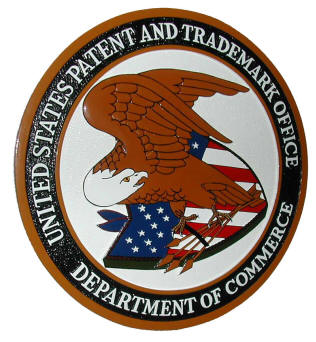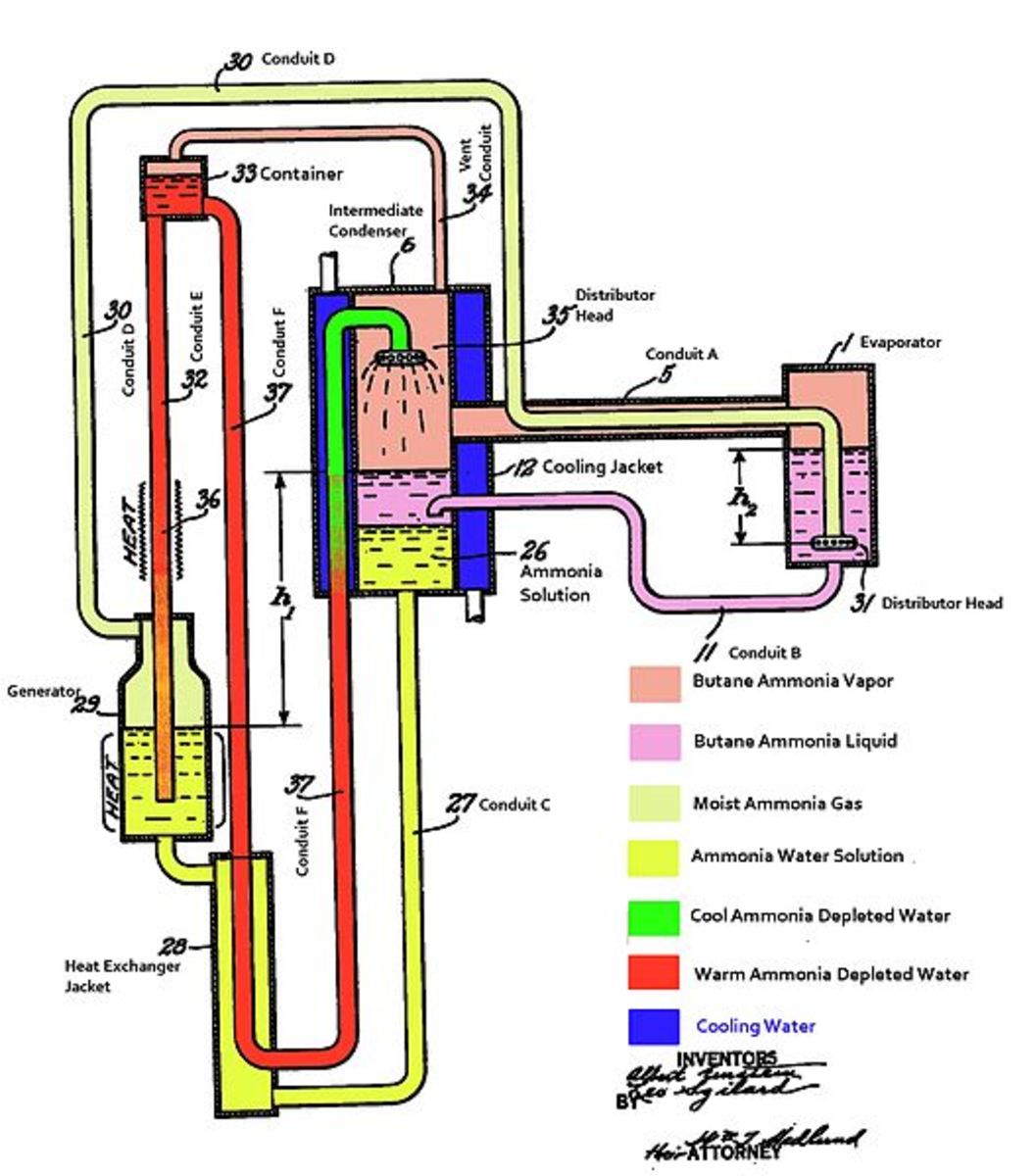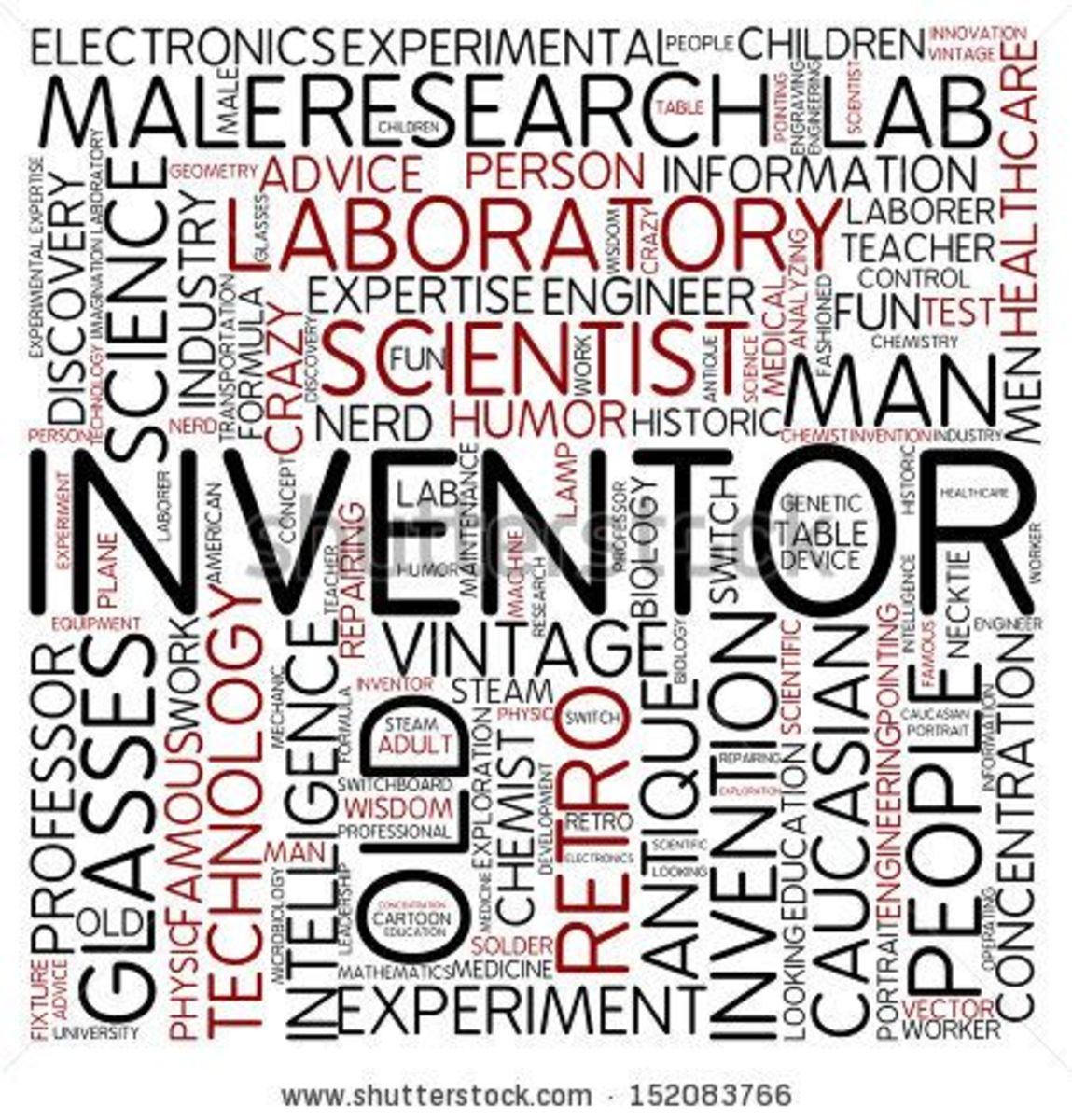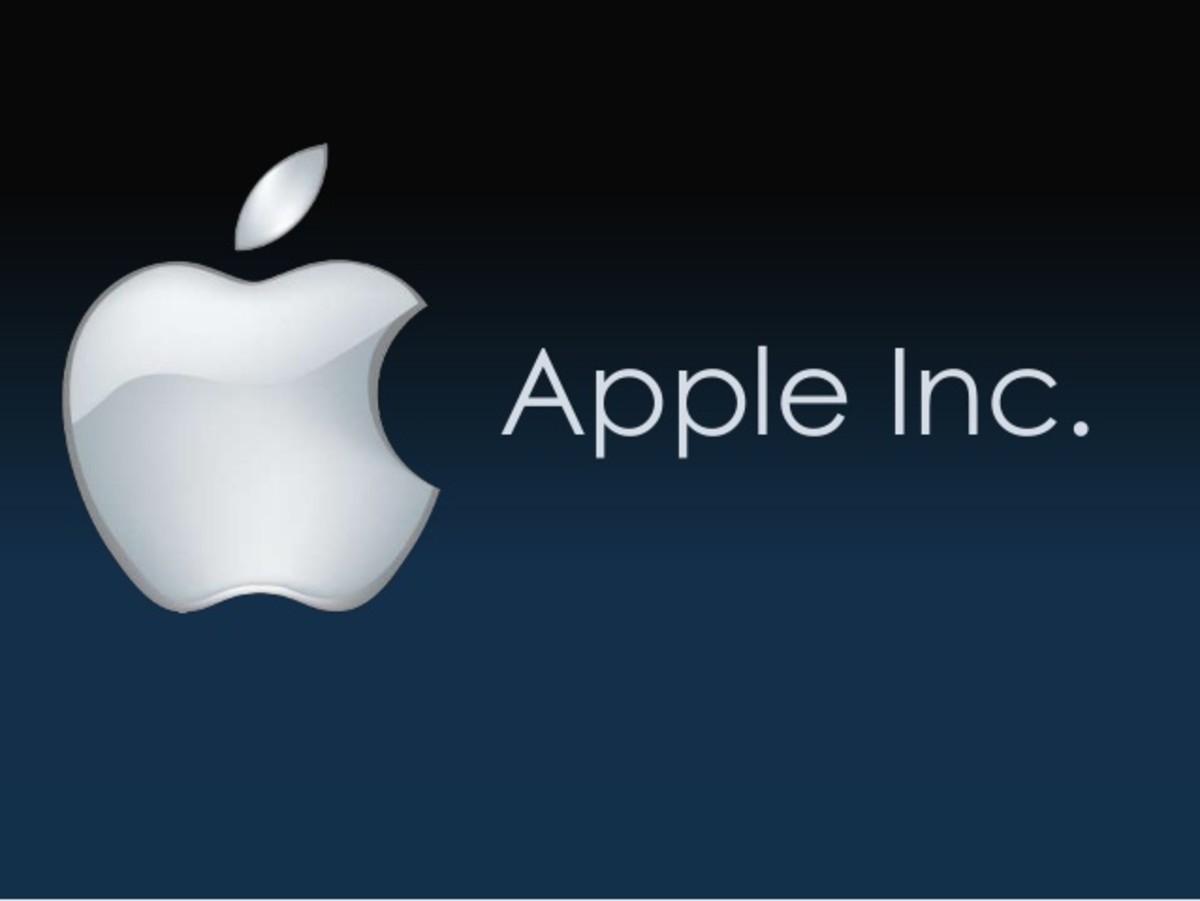What is Patenting and Patent Protection?
A ‘Patent’ is a grant from the federal government conferring the rights to exclude other from making, selling, or using an invention for the term of the patent. The owner of the patent is granted a legal monopoly over a product/service for a limited amount of time.
There are few issues about patenting that are confusing for many firms. Let’s see what makes patenting a bit confusing:
If a company is granted a patent for a product, it is natural to assume that it holds the right to make and sell it but to be honest it cannot until and unless no other patents are infringed on by doing so.

History of Patents
The first ever patent granted in U.S history was in 1790 for a process of making potash, an ingredient in fertilizers. The patent was signed by George Washington and was issued to a person named Samuel Hopkins.
For example, if you obtain a patent on a computer chip and the chip needs technology patented by Intel to work, you need a permission from Intel to sell the chip. Now, it depends on Intel whether it allows you to use its technology or ask you to pay licensing fee for the use of its technology.
Usually inventions are the improvements on existing products and so you can be granted a patent on the improvement but this can only be possible if the owner of the original invention permits you to do so.
Some Facts
Since, the first ever patent granted in 1790, U.S. Patent and Trademark Office has granted over six million patents. The applications received by the U.S Patent and Trademark Office are increasing so rapidly that it has strained the sole entity responsible for granting patents.
Why Patenting is important?
Patent provides the inventor and its financial backer with an opportunity to recover their costs and earn a profit in exchange for the risks and costs they incur during the complete invention process. If it weren’t for patent laws, people would have little incentive to invest time and money in new inventions.
Dr. William Haseltine, the CEO of Human Genome Sciences, a biotech firm once said:
“No one would develop a drug if you didn’t have a patent”
The statement clarifies how important patents are for many industries. As of pharmaceutical industry, developing a new drug is a matter of high cost and a time consuming process. A firm or a person who develops a drug after so much effort desires to exchange the invention for financial benefits, and patent law provides him/her with the opportunity to make it happen.
Types of Patents
There are three types of patents which are:
Utility Patent:This is the most common type of patent and covers all what we generally think of as inventions. Patents in this category may be granted to anyone who invents or discovers:
- New and useful process
- Machine
- Manufacture or composition of matter
- New and useful improvement on an existing item
There are three basic requirements for such patents:
- The invention must be useful.
- It should be novel in relation to prior arts in the field.
- It is not obvious that a person should have some skills in the field.
Warning!
A patent will not be issued if the invention has been described in any publication or it is in public use for more than one year prior to the time an application for the patent has been filed.
The term of a utility patent is 20 years from the date of the initial application. After, 20 years, the patent expires and then the invention falls into the public domain, where it can be used by others.
A utility patent cannot be obtained for an “idea” or a “suggestion” for a new product or process. A complete description of the invention for which the patent is being obtained is required, including its drawing and technical details.
Recently, utility patent law has added business method patents.
What is a business method patent?
A business method patent is a patent that protects a business method which involves the process which is used for doing a business.
The new patent law holds that business methods, mathematical algorithms, and soft wares are patentable as long they produce useful, tangible and accurate results.
Design patents: These are the second most common type of patents and cover the invention of new, original and ornamental designs for manufactured products. A design patent expires after 14 years from the date of its granted date. Let’s suppose you manufacture a computer mouse, the way the mouse works will require a utility patent while the design of that computer mouse will be covered by design patent.
Plant patents: They protect new varieties of plants that can be reproduced asexually. Such plants are reproduced by grafting or crossbreeding rather than by planting seeds. The newly developed plant can be unique in the sense that it can be resistant to diseases or drought or in its scent, appearance, colour, or productivity. The term period for plant patent is of 20 years from the date of its first application. So, next time if you happen to reproduce a rose of a new colour go ahead and get it patented, it can be yours for sure.
Who can apply for a Patent?
Only the inventor of a product is eligible to apply for a patent. If there are two or more inventors then they must apply for the patent together.
Note: the rights to apply for an invention can be sold. This could be a important source of revenue for the entrepreneurial firms. It means if a firm has a product and does not want to pursue with it by itself, the rights to apply for a patent can be sold to another party.
How can you obtain a Patent ?
Obtaining a patent is a six-step process, which is as follows:
Step 1: Make sure that the invention is practical and it is worth protecting.
Step 2: Document when the invention was made: put together all the documents about the invention, stating when the invention was made.
Step 3: Hire a patent attorney: it is highly recommended that you hire an attorney for the patenting process. A typical patent attorney takes about 30 to 60 days to prepare a patent application.
Step 4: Conduct a Patent search: to be patentable your invention must be entirely different from the ones that already exist. So, you should search Patent office database to study similar patents. Once it is done, the patent attorney will render his opinion regarding the profitability of obtaining a patent on the new invention.
Step 5: File a patent application.
Step 6: Obtain a decision from your country’s Patent and Trademark office.
How much will it cost to obtain a Patent?
There is no definite answer to this question but the only thing one can say that the cost varies depending on the invention that you want to patent.
The three basic fees for a patent are:
- The filing fee (it is non-refundable whether or not th patent is granted)
- The issue fee (you will have to pay this if your application is accepted)
- Maintenance fee (you will be required to pay this fee after a specific time period - this fee maintains your legal protection)
There are some additional fees which you will be giving out for the patent search and patent attorney services. The only thing that I can suggest you is that do take in account all the aspects before going ahead for the patenting option, as it costs thousands of dollars to get a patent for an invention.









